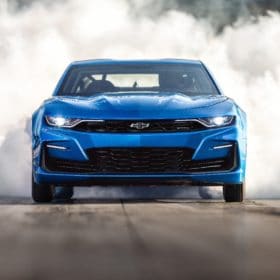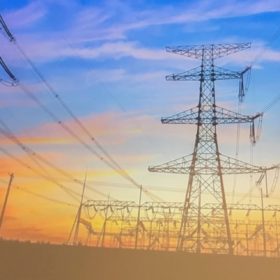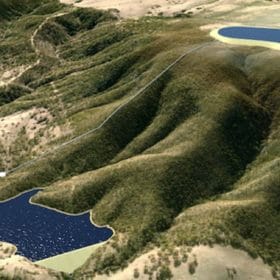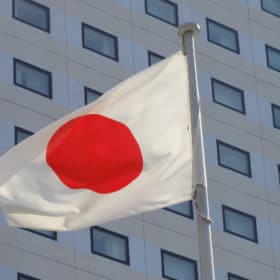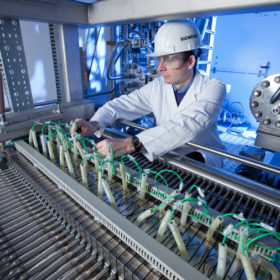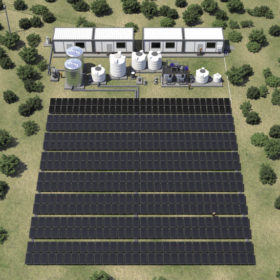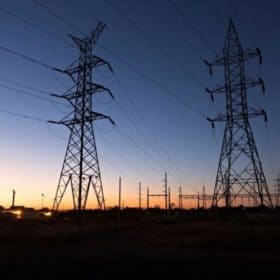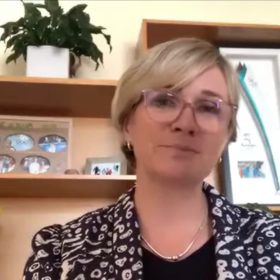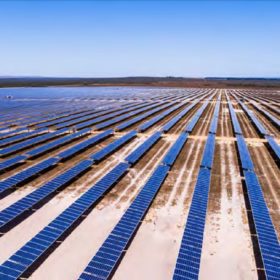The US jumps on board the electric vehicle revolution, leaving Australia in the dust
“Australians should be able to choose the type of car they drive,” said the Federal Minister for Energy and Emissions Reduction, Angus Taylor on Friday when he released a national plan to reduce carbon emissions from Australia’s road transport sector — a plan without a target, without incentives, and with relatively meagre investment in bringing about essential change.
WoodMac calls for investment in grid flexibility through more ambitious RET
Wood Mackenzie has called on policymakers to revise the Renewable Energy Target with more ambitious goals and, concordantly, large-scale investment in grid flexibility to ensure new renewables can join the grid. If we don’t act in this pivotal moment, WoodMac believes we will be left holding stranded assets.
Atco firming to build 325 MW pumped hydro project in NSW
Canadian behemoth Atco has purchased the rights to develop the 325 MW Central West Pumped Storage Hydro Project in Central West New South Wales and credits the investment to policy certainty from the NSW Government. As a significant firming agent the project is ideally placed in the state’s proposed Central West-Orana Renewable Energy Zone
Panasonic to exit solar manufacturing
The Japanese brand will continue to sell third-party-made modules under its brand in its home market, as it already does overseas, but in-house PV wafer, cell and module production will halt by the end of fiscal year 2022.
Australian-wide network of 13 clusters to spur hydrogen economy established
National Energy Resources Australia has actioned its instructions from the 2019 National Hydrogen Strategy by investing an initial $1.75 million in 13 regional clusters across all states and territories designed to establish Australia’s global identity in hydrogen technology and expertise.
Weekend read: PV in the water-energy-food nexus
Sector coupling may be somewhat of a buzzword, but it also points to opportunities for PV beyond the power markets, which may quickly reach limitations during peak hours of irradiation. Combined energy, food and clean water production presents one such opportunity, with benefits for developers, utilities and communities.
Global mineral processor invests in CopperString 2.0
Korea Zinc Company Ltd., parent company of Townsville-based Sun Metals, has entered into a $17 million financing agreement with the 1,100km CopperString 2.0 transmission line project across North Queensland. The project, which received an $11 million boost from the Federal Government recently, would open up enormous tracts of land for the development of renewable projects and minerals.
Business Council backs climate change bill
Australia’s most powerful business lobby has thrown its support behind independent MP Zali Steggall’s proposed climate change legislation, saying it provides a high-level policy framework that can serve as a starting point to achieving net-zero emissions by 2050 in Australia.
WA’s Mid-West green hydrogen potential flooded with global interest
Last year the Western Australian Government called for Expression of Interest into its potentially 1.5 GW solar and wind hydrogen hub at Oakajee Strategic Industrial Area on the state’s Mid-West. This week it has been revealed that 65 companies from around the world have submitted serious interest in making it happen.
Biden recommits U.S. to Paris climate accord, blocks Keystone pipeline
One environmental group said the new president’s actions make “the United States once more part of the global climate solution—not the problem.”
